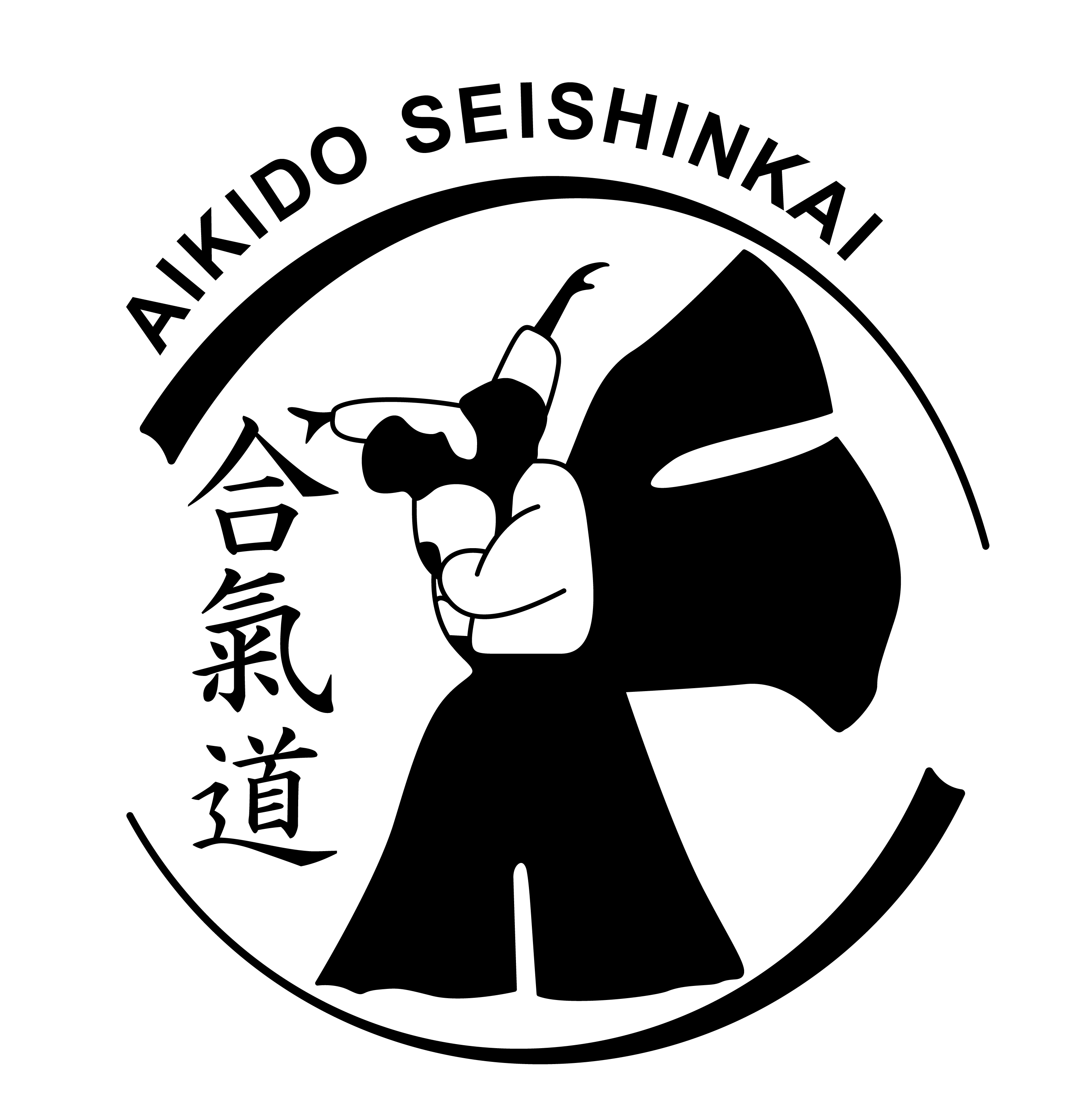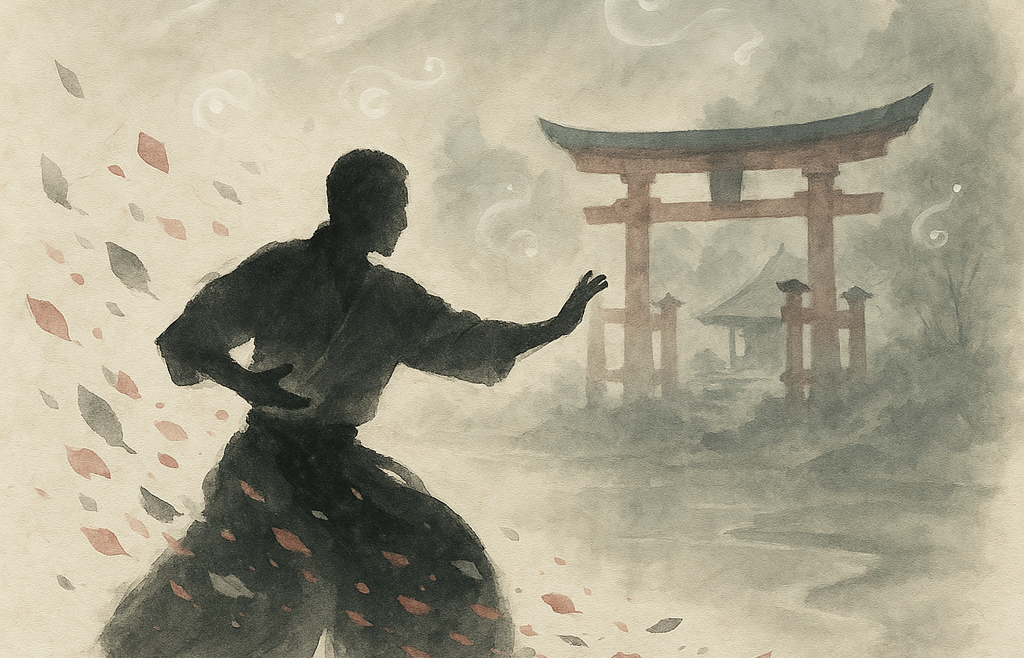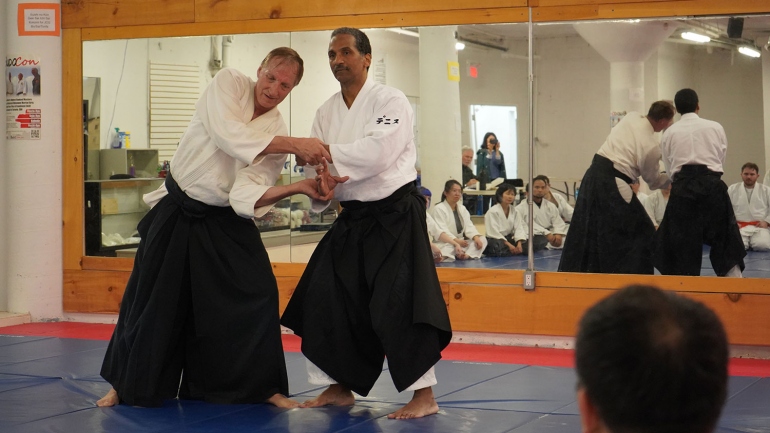Shinto and Its Derivatives
Shinto, which literally means “the Way of the gods”, is the indigenous folk religion of Japan,
reflecting animistic and shamanistic views of life that had long existed there. It is generally
believed that ancient Shinto started around 300 BCE. Unlike Christianity and Islam, Shinto does
not have a founder, nor does it have sacred scriptures like the Bible and the Qur’an. It consists of
indigenous religious beliefs, practices, and a variety of myths.
In the ancient Japanese animistic religion, supernatural entities or spirits were believed to inhabit
all things important to life, such as wind, rain, mountains, trees, rivers, fertility, and humans, even
after they die, especially ancestors. These spirits were venerated for their magical powers beyond
human control. Later, these spirits came to be called “kami,” which may be translated as “gods”,
but not “God” as in Christianity.
There are many gods in Shinto, each with a specific function to perform. The most important of
all functions is called “musubi,” roughly meaning the process of creation, fostering, and
completion. In the process of musubi, various elements have to be combined and placed in
harmony. Everything in the universe is thus created and developed by the gods. Therefore,
harming any part of nature disrupts harmony and is considered bad. This way, Shinto seeks to
cultivate and ensure a harmonious relationship between humanity and the natural world, as well
as among people.
Shinto is an optimistic faith, as humanity is regarded as fundamentally divine in nature. This
makes a sharp contrast with the Christian view that humans are born with original sin. The divine
nature of humanity consists of purity, cheerfulness, honesty and sincerity that may be called the
four basic virtues of Shinto. In actuality, however, the sacred nature is not always revealed in
humans, because their minds are often polluted by evil spirits. One can remove pollution by
purification rituals.
Another important feature of Shinto is that it is polytheistic. This polytheistic nature of Shinto
has made Shinto very tolerant of other religions. It could easily coexist or even “blend” with
other religions, such as Buddhism, Confucianism, and Christianity. In this sense, Shinto is very
different from monotheistic religions, including Judaism, Christianity, and Islam.
Oomoto-Kyo, a modern variant of Shinto, is the second religious school that had a great impact
on Master Ueshiba in building the spiritual foundation of Aikido. After the Meiji Restoration of
1868, Shinto was redefined by the government to become State Shinto in order to foster a
national identity with the Emperor at its center. In State Shinto the sun goddess Amaterasu
Oomikami, from whom the Emperor of Japan claimed descent, as well as a list of certain
officially recognized gods related to the Imperial line, were allowed to be enshrined.
However, there were other Shinto shrines and newly created Shinto groups that believed in
additional gods, different from Amaterasu. Oomoto-Kyo is one of those new groups.
Oomoto-Kyo was started by Deguchi Nao in 1892 and was later developed and systematized by
Deguchi Onisaburo. While traditional Shinto covered very briefly the origin of the universe,
Oomoto-Kyo covers it in great detail. It has been pointed out that Onisaburo’s cosmology was
influenced by Christianity where God, which Onisaburo calls “the Supreme God of the
Universe”, is viewed as the creator of the universe, while in traditional Shinto the first god
simply existed in the very beginning of the universe. Also, in explaining the God’s act, he uses
the term “ai”, or love, a term that does not exist in Shinto. Apparently, he borrowed the term
from Christianity. In fact, there is a record that he studied Christianity at the local church in
Ayabe for several years.
The basic belief of Oomoto-Kyo, just like that of traditional Shinto, is that the universe is in
harmony, as it is a masterpiece of the Supreme God of the Universe. Therefore, harmony is good
and beautiful, while conflict is bad and ugly. So, it is important to keep or, if necessary, restore
harmony among gods, nature and humanity. Oomoto-Kyo observes that the world had been
polluted by evil gods for many years; therefore, it is the mission of its followers to purify and
reconstruct the polluted world.
In order to restore harmony, humans must first purify their own hearts, and then reconstruct the
world. The method to achieve this is to follow the principle of “the flesh subordinated to the
heart”, that is, to make a turnabout from materialistic views to spiritual ones. Then, earthly
desire changes into divine love. Selfishness gives away to the spirit of sacrifice. Ultimately, we
may enter the new age of brotherhood and love.
Oomoto-Kyo is regarded as “inclusive monotheism” in that there is one Supreme God and that
different gods worshiped in different religions including Christianity, Islam and Buddhism come
from this single source. The objective of this Supreme God is to purify and reconstruct the evil
world. Since humans are the agents of God, it is the mission of all humans to help God so that all
of humanity and all of nature may exist peacefully on earth. For that purpose, Deguchi
Onisaburo promoted internationalism: he was very active in the interfaith movement and the
Esperanto movement.
Oomoto-Kyo was outlawed in 1935, and Deguchi Onisaburo and many other leaders were
arrested and imprisoned on charges of disrespect for the Imperial Family and of causing social
unrest. Indeed, in Oomoto-Kyo, the Supreme God of the Universe is put above Amaterasu, from
whom the Emperor of Japan claimed descent. Also, Deguchi, who preached world peace, was
outspoken in opposing the increasingly militaristic policies of the then Imperial Japanese
Government.
After WWⅡ, State Shinto was abolished by the US Occupation Forces, and all charges against
Oomoto-Kyo followers were dropped. However, its rebuilding process was slow, and during the
time, a new post-WWⅡ religious group, called Byakko Shinko Kai (True, Great Society of the
White Light) emerged and had another major spiritual influence on Morihei. It was founded by
Goi Masahisa in 1951 through the influence of the leaders of Oomoto splinter groups.
The teachings of Byakko Shinko Kai may be summarized as follows. First, human beings derive
from the universal God who Goi calls “guardian god”. Those who have attained spiritual
awakening of realizing the existence of this guardian god internalize guardian spirits. By
showing gratitude for and praying to the guardian god and the guardian spirits, one can attain
peace of mind and true happiness.
Second, Byakko Shinko Kai emphasizes world peace through the spiritual development of its
members, who are encouraged to develop and express their divinity, harmony, and true selves by
the peace prayer. It begins as follows: “May peace prevail on earth ・・・”. As will be discussed
later, the idea of achieving world peace greatly affected the founder’s views of Aikido, which
prompted the “internationalization” or exportation of Aikido overseas.




